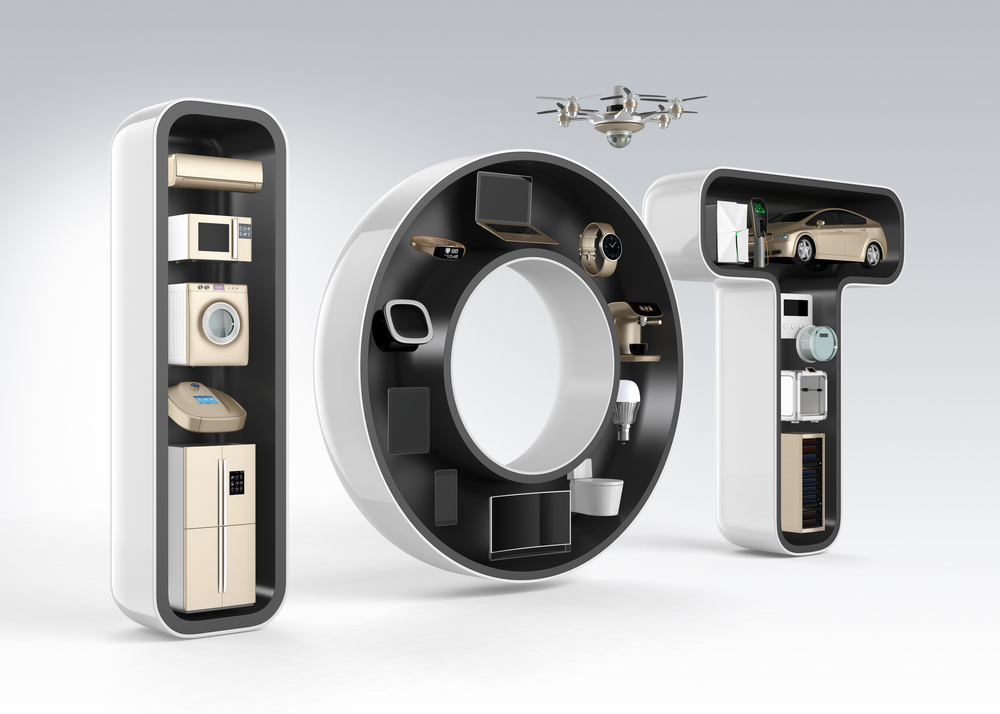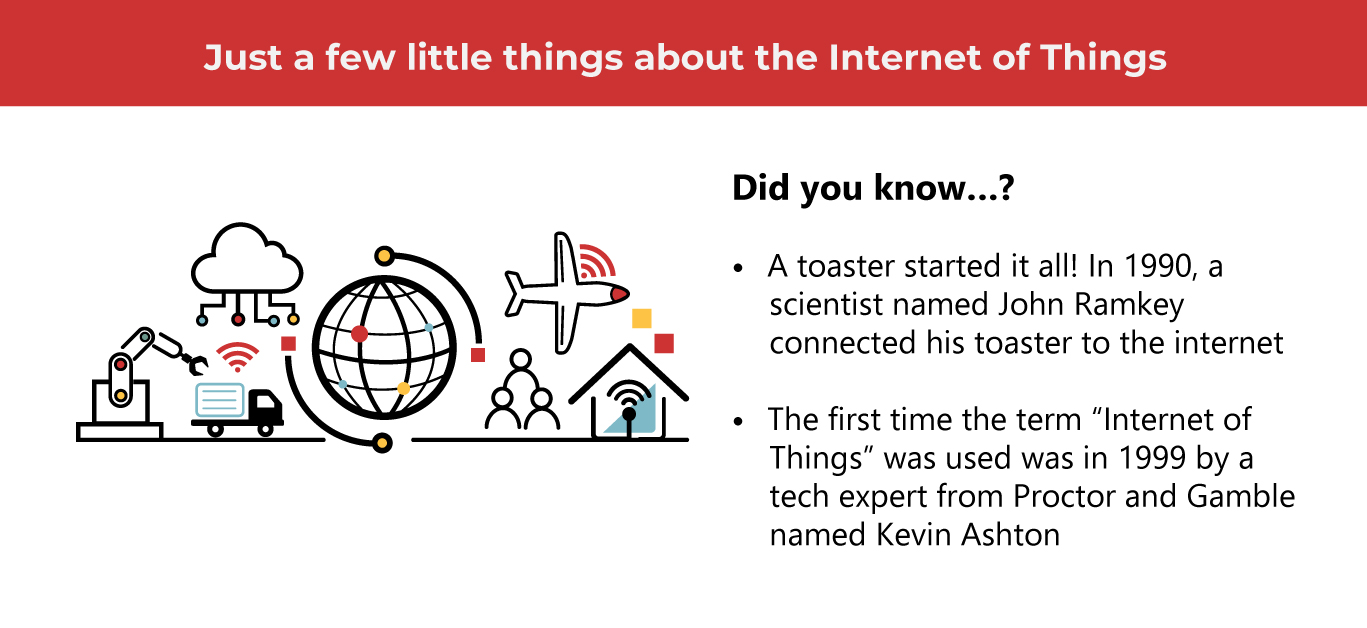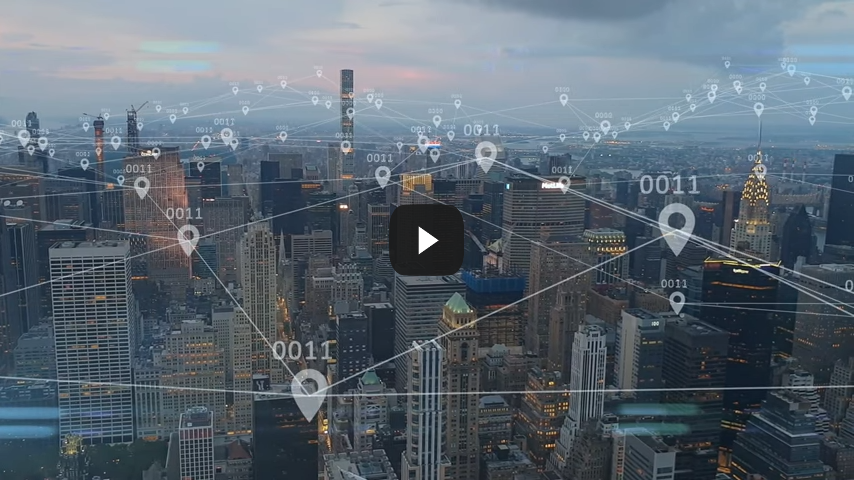What’s Next for the Internet of Things?

What makes the gadgets we use so advanced from the gadgets we were using ten or twenty years ago? The Internet of Things is an ecosystem of devices and networks that are connected to the internet, constantly communicating with each other, gathering data, and processing it so that we get a seamless experience between the gadgets we use (and even each other).
The IoT Landscape
In May 2022, IoT Analytics showed that the number of IoT connections around the world grew by 8% in 2021. Tech experts said that IoT’s growth that year slowed down a little because of the global pandemic, and that previous years saw a larger percentage of growth. Along with the pandemic, supply chain issues impacted this growth, so even though the demand for IoT devices was tremendous, as seen especially in the automotive industry, the supply simply could not keep up.
Though experts say the chip shortage crisis may not resolve itself until 2024, big advancements in IoT technology have pushed forward. In 2022, there were two major ones: an increase in AI software algorithms and the emergence and development of the hardware used to train these models. According to these experts, the more IoT devices we have collecting data, the more data we have to analyze and train.
For the industry, this is great news, According to the IEEE, “industrial IoT will be one of the most important areas of technology in 2023.”
IoT Analytics projects that in 2023, IoT devices will see an 18% growth, and the number of IoT devices will total to 14.4 billion globally. By 2025, that number could balloon up to 27 billion.

IoT in the spotlight in 2023
IoT technology will be seeing a lot of advancements this year and beyond in many fields of industry. It will have many exciting applications in commercial industries, in fields of medicine and healthcare, and it may drive newer changes in the devices that we use today. Here’s a peek of what’s in store.
IoT bridges the virtual and the real.
Digital twinning is being used in various industries today. In architecture, the technology is being used to create virtual models of projects before these can be constructed, making collaborative work between architects, designers, and builders more seamless and more cost-effective.
(Also read: The New Building Blocks of Building)
It can have more applications in industries such as aviation, where digital twin models of aircrafts can be created, and flight simulations can be done. The technology can also be applied to the automotive industry. OEMs can benefit from using digital twinning for their manufacturing and fabrication plants, not to mention prototypes of future automobile models.
Retail and shopping can level up with digital twinning, and raise consumer experiences to exciting new heights.
The need to develop security around IoT
The more connected we are via our digital devices, the more prone we become to potential attacks and malicious behavior. The only layer of protection we as individuals have against these attacks is a network of security. Mindful internet hygiene is important, but because of the growing prevalence of IoT devices we use daily, as well as the lengths some bad actors go to to get our data, there is a need for better security surrounding IoT.
Governments such as the United States and the United Kingdom are looking into creating a standard security label for IoT devices in 2023. This label will help consumers become informed of risks presented by the devices they purchase and take into their homes.
Meanwhile, the Chinese government’s three-year plan for IoT allows for policies to be set in place for more widespread adoption of IoT tech and its devices in the country.
How IoT impacts Healthcare
Wearables seem to have made a large positive impact on healthcare in recent memory. Thanks to smart watches, monitoring our blood pressures and other vitals has never been handier. Being able to monitor one’s vitals and symptoms has empowered many patients, as well as allowed doctors and healthcare workers more flexibility with their patients outside of the hospital space.
Experts are saying we can expect better things to come in 2023. Keep an eye out for smart patches, membrane-thin wearables that can monitor our precious vitals even better than our smart watches can.
The Bigger Picture for IoT
Experts say that computer processing may potentially impact IoT applications, and if we connect this to the larger challenge of rising up to decreasing our collective carbon footprint, this means that re-thinking how data is traditionally processed via data centers and the Cloud have a big role to play in the future of IoT.
Tech experts tell us that lower power consumption may impact IoT, and since most data centers process data from IoT applications, processing will grow the more IoT does. Cloud technology, edge technology and other technologies contributing to IoT will develop and thrive this year and beyond.
As one of the Top 19 EMS companies in the world, IMI has over 40 years of experience in providing electronics manufacturing and technology solutions.
We are ready to support your business on a global scale.
Our proven technical expertise, worldwide reach, and vast experience in high-growth and emerging markets make us the ideal global manufacturing solutions partner.
Let's work together to build our future today.
Other Blog



